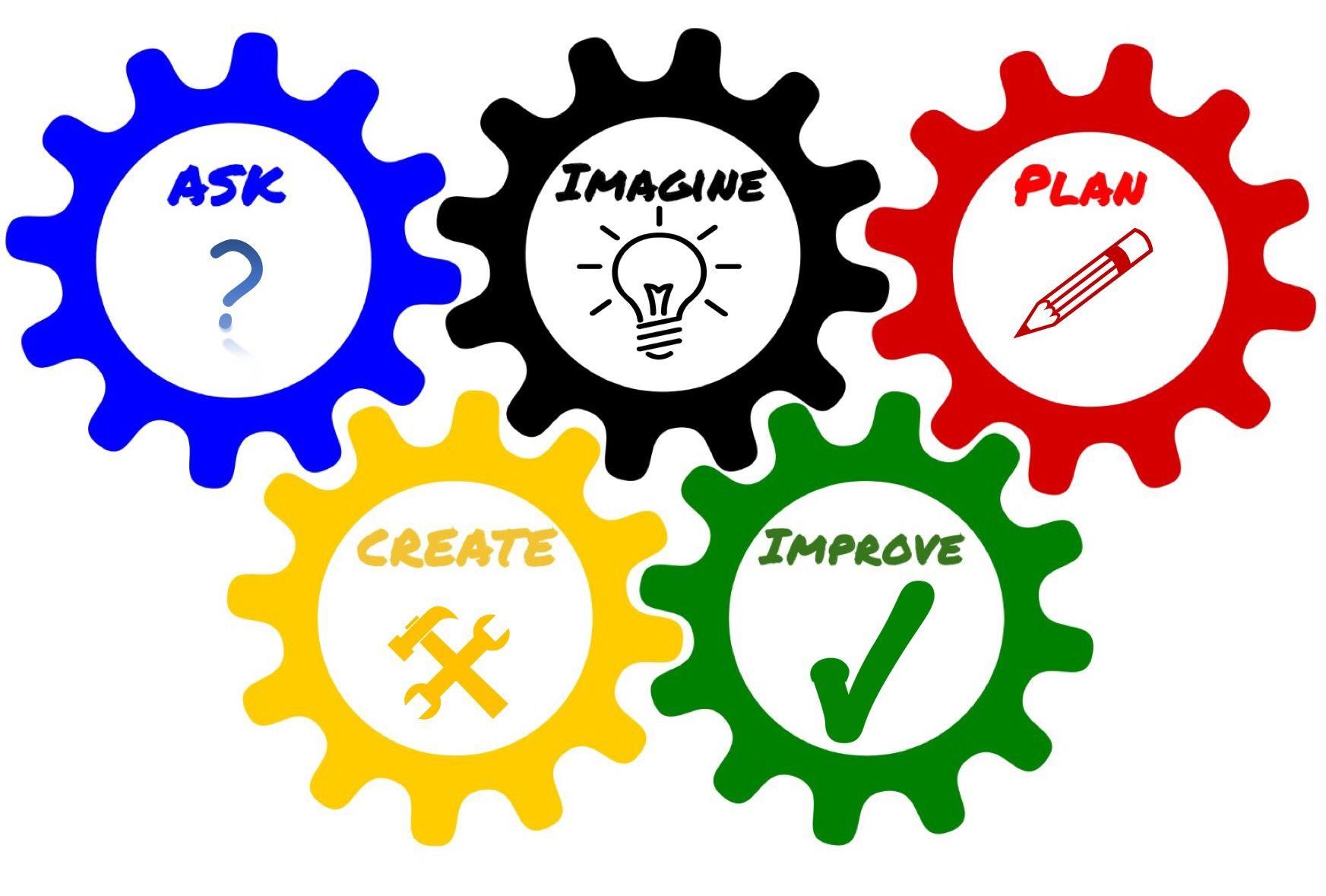Technology (STEAM & Graphics)
Curriculum Intent & Rationale
To the optimist, the glass is half full. To the pessimist, the glass is half empty. To the engineer, the glass is twice as big as it needs to be.
– Yves Behar
Design and technology is an inspiring, rigorous and practical subject (DfE). We deliver the subject content of the Design and Technology programmes of Study at Key Stage 3, through our Art and Design, STEM and STEAM curriculum. Our intent is to give students the knowledge, understanding and skills needed to use their creativity and imagination in order to engage in an iterative process of designing and making. Students learn how to take risks, becoming resourceful, innovative, enterprising and capable problem solvers. In order to develop a rigorous programme of study for KS3 DT which is relevant for our very able students our subject knowledge draws from disciplines such as mathematics, science, engineering, computing, graphics and art. We have worked with the Princes’ Teaching Institute in raising the profile of STEM subjects and routes into engineering. Over the past seven years this has led to a steady increase in the numbers of students going on to study a variety of courses linked to technology such as; engineering (in its many iterations), architecture, graphic design, web design and art to name but a few.

Our aim is to support all students to become confident, creative, innovative designers who can develop and problem solve through design, and then make into a product for use.
Through a range of projects across Key Stage 3, we want students to not only analyse and evaluate their work but also to develop an awareness of the impact of ideas and products on others and the environment, including sustainability and their responsibility as future designers, engineers and technologists.
Implementing Our Curriculum
Students are taught the content of the Design and Technology programmes of study through discrete Graphics, STEAM and Cooking and Nutrition lessons throughout Key Stage 3. We use these lessons to support students in:
- seeing mistakes as learning opportunities
- taking risks in projects to push boundaries and confidence
- developing creative, technical and practical expertise needed to perform everyday tasks confidently
- participating successfully in an increasingly technological world, including awareness of CAD/CAM
- acquiring and applying a repertoire of knowledge, understanding and skills in order to design and make high-quality prototypes and products for a wide range of users
- critiquing, evaluating and testing existing products as well as their own ideas
- understanding and applying the principles of nutrition and learning how to cook
- pursuing practical skills beyond the classroom.
We believe that the development of these skills positively impacts the approach students take in all aspects of their wider school curriculum.
STEAM
STEAM is already embedded within curriculum time in Years 7 and 8. Year 9 STEAM will be incorporated as a project within Enrichment Week in the summer term 2022, but from September 2022 will be part of their curriculum time.
STEAM provides a variety of creative and practical activities for students to gain the knowledge, understanding and skills needed to engage in an iterative process of designing and making. Each project has a stimulating context which requires thinking around aesthetic, technical, cultural, health, social, emotional, economic, industrial and environmental issues.
Cooking and Nutrition
As part of their work with food, students are taught how to cook and apply the principles of nutrition and healthy eating. Instilling an interest in cooking will also open a door to one of the great expressions of human creativity. Learning how to cook is a crucial life skill that enables students to feed themselves and others affordably and well, now and in later life.
The Teaching Kitchen is currently undergoing some upgrade work and therefore cooking will not be delivered until the end of autumn 2021.
Graphic Communication
Through our Graphic Communication curriculum, we introduce students to the role of designers, and the responsibility of adhering to a client’s brief. Students are able to access professional standard software, including Adobe Photoshop and Adobe Illustrator through a comprehensive programme of tutorials.
Good buildings come from good people, and all problems are solved by good design.
- Stephen Gardiner
